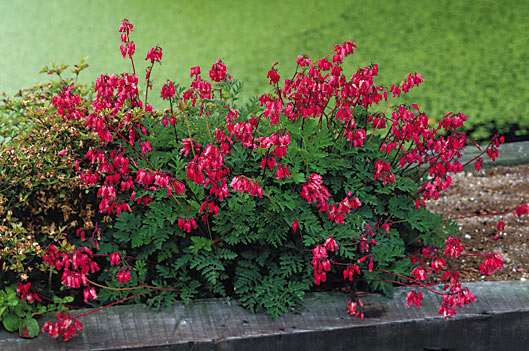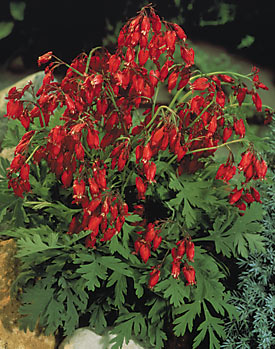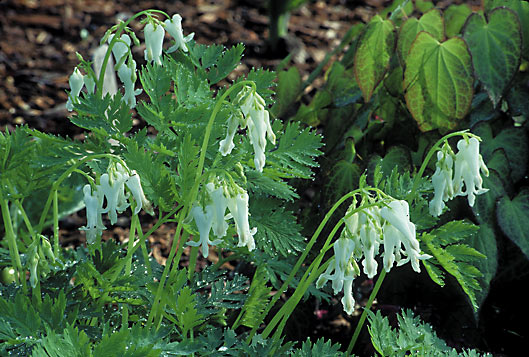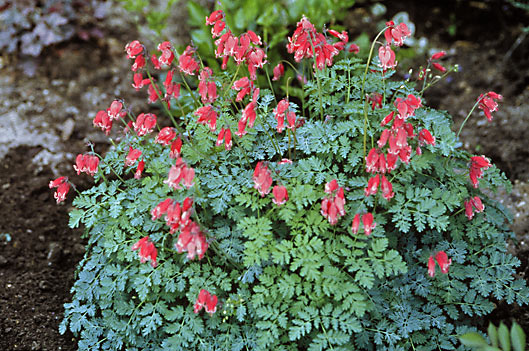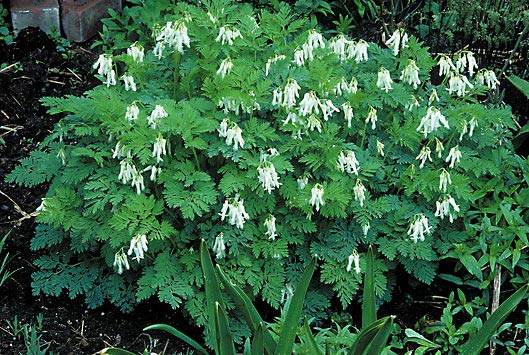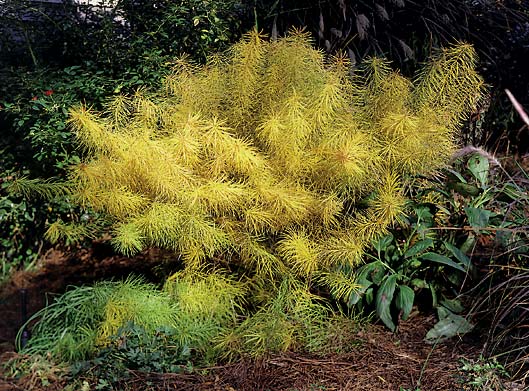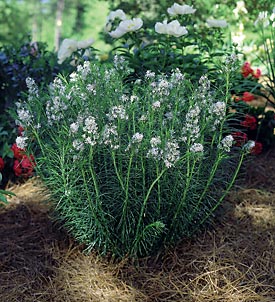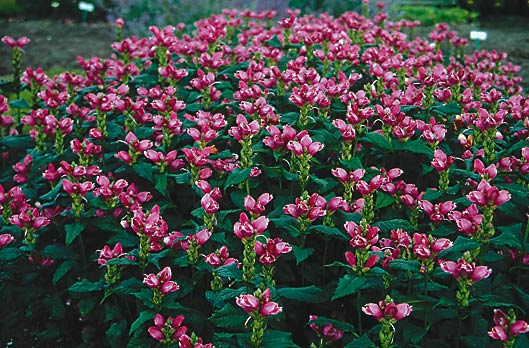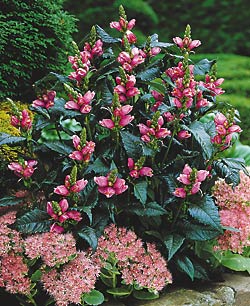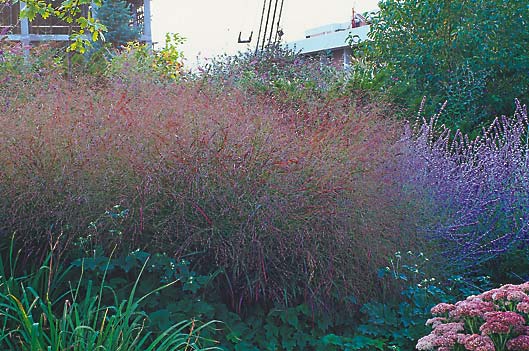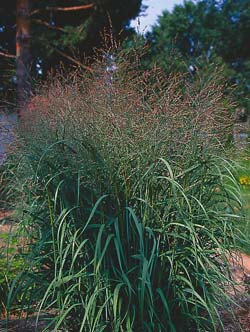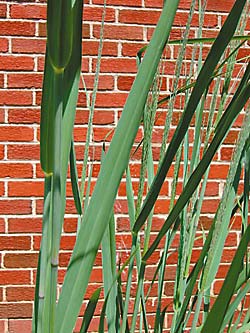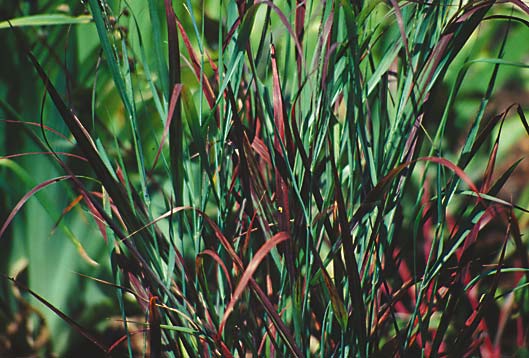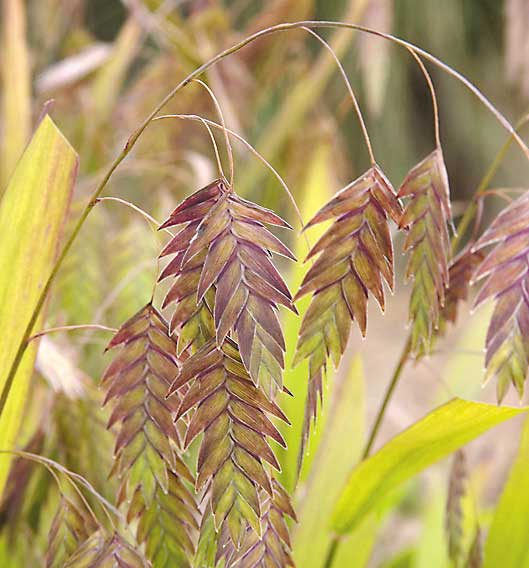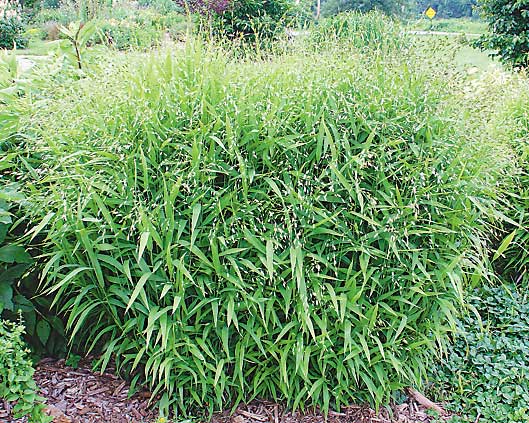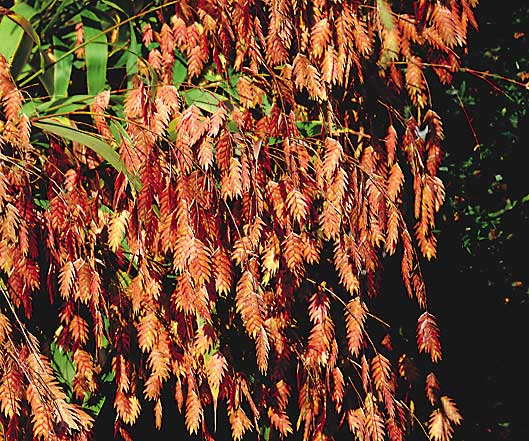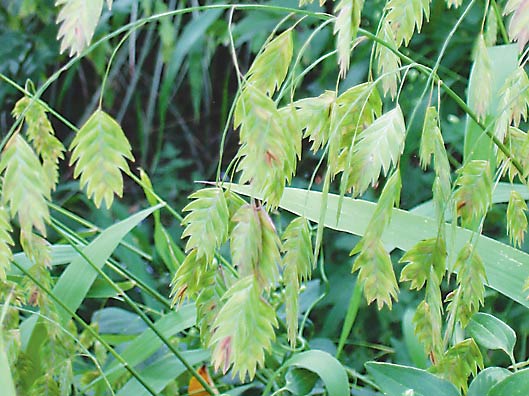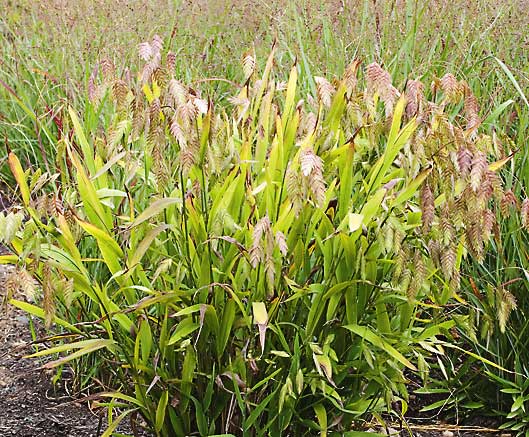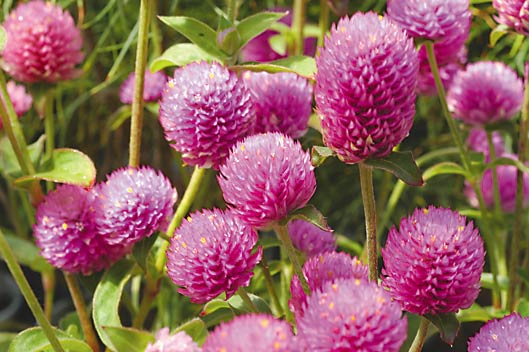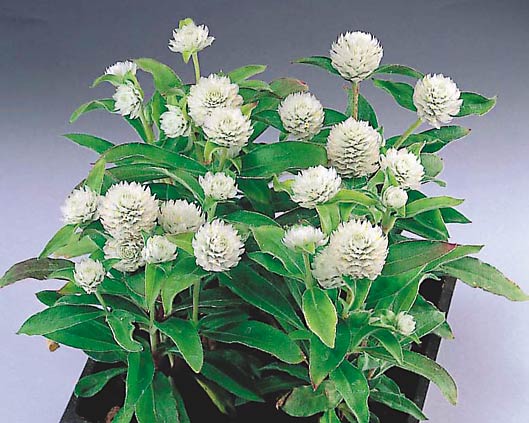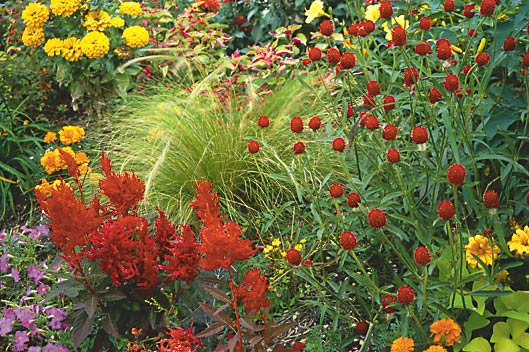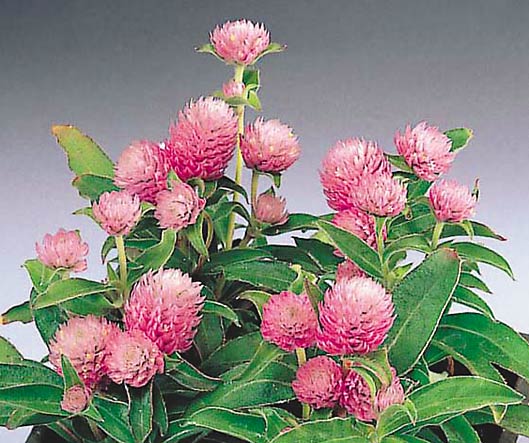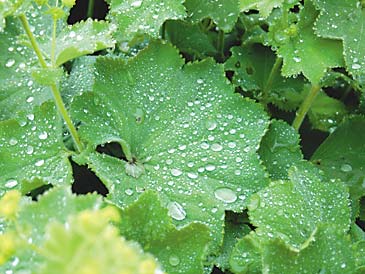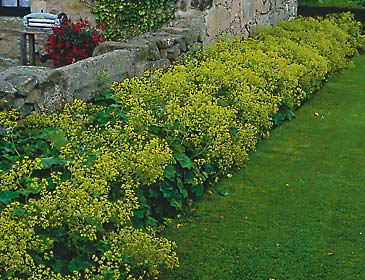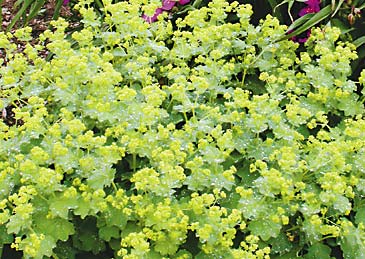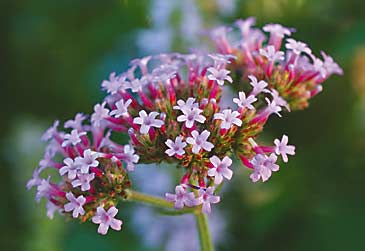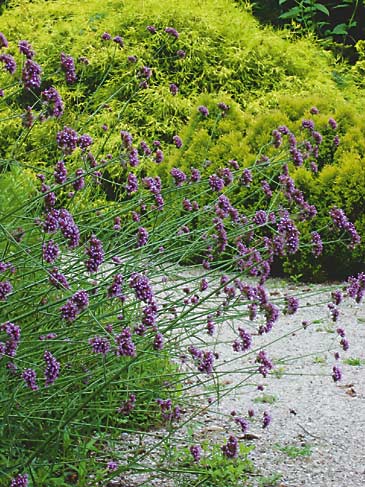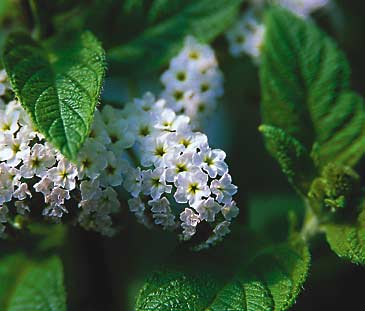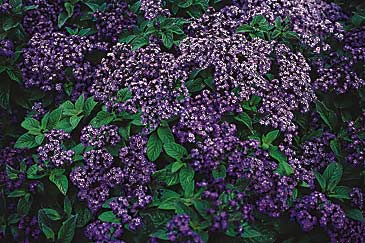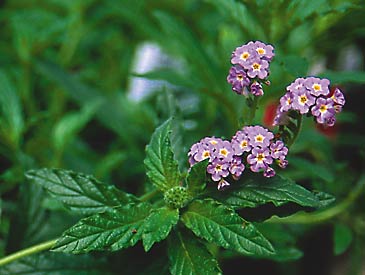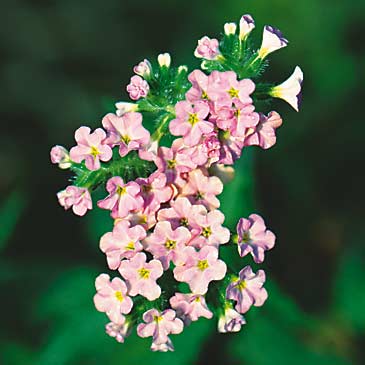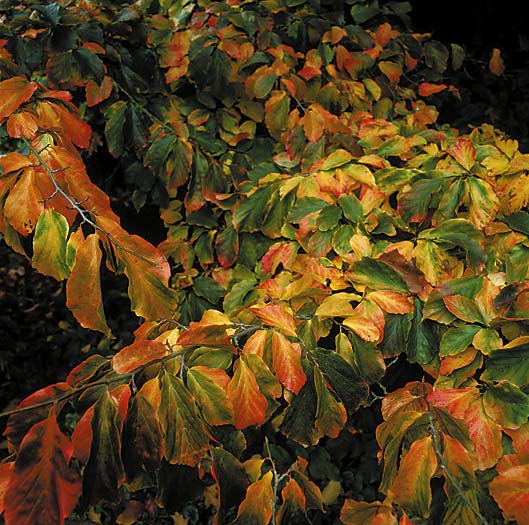 www.waysidegardens.com
www.waysidegardens.com
Persian Parrotia by Eric Grant
As the relaxing breezes of fall’s changing season waft across the land, autumnal tradition is at hand. With flower beds cleaned, and perennials cut back and mulched, the eyes of gardeners lift from the ground and look to the trees in anticipation of the colorful encore of fall. It is tradition. Neither written nor posted on our garden paths, it is the soulful refuge which caps our efforts of another growing season. This culmination of the gardening experience is one of the few for which we need do nothing. It comes to us each year without our prodding, regardless of how well we fertilized, kept up with the weeds, or carefully cultivated our palette of plants.
The predictably late emerging color of one particular tree always catches my attention. The masterful blends of everything autumn are held by the Persian parrotia (Parrotia persica).
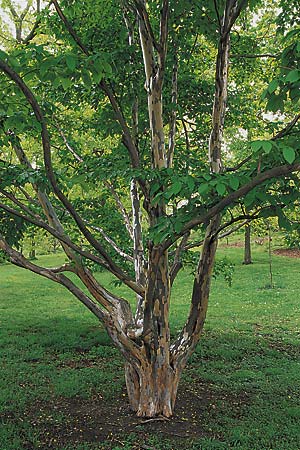 www.whiteflowerfarm.com/
www.whiteflowerfarm.com/
Persian Parrotia Given the vibrant yellow, vivid orange, and nearly screaming scarlet tones of the leaves, I can’t help but wonder why this relatively unknown tree is scarcely planted. With a size and habit inadvertently tailored to suburban landscapes, its rarity is assuredly curious. Usually maturing in the realm of 25 to 30 feet, this is a tree which can truly proclaim being problem-free. It bears strong branching, a multitude of attributes throughout the year, and a grandeur from which insects and diseases run. Whether they know it or not, this is the tree sought by homeowners everywhere, yet found by few. Even in a year of muted tones, the colorful fall performance of Persian parrotia is outstanding.
The harmony of its hues caused me to reflect on its name. I have known this tree for years and have always thought it appropriate that it had the word “parrot” within its title. Research, however, revealed that “Parrot” was actually the name of a naturalist for whom the tree was named, not at all the colorful bird I had assumed. Also ironic is the species name “persica” which aptly refers to its persistence. And persistent it is. While its color is late, it reliably holds well beyond its peers.
When the season’s applause is dropped from its branches, I find myself no less disappointed. The smooth, young, silvery branches are held upright by a maturing trunk cloaked in the most appealing bark. The somewhat peeling, patchy tapestry of brown, green, silver-gray, and off-white offer the most delicate interest. Eye-catching in any season, winter heralds its greatest contrast, as it will again be persistent to not disappoint. Few people consider the winter elements of the things they plant, and even fewer plan for them. Once again, Persian parrotia inadvertently shines through!
So many outstanding attributes leave me nearly aghast to know that there is indeed more. Although some months off, and content with its current presentation, spring will reveal yet another visual delight. Following the small, curious blooms in March (often missed from a distance), the young, unfurling leaves are a purplish shade of burgundy I can’t otherwise describe. The contrast against its spring-green palette seems to enforce the reason that colors themselves exist. Often holding its tones well into spring, these leaves will eventually transform into a rich, deep green. In conjunction with deeply textured leaves, it provides an effect that is both cooling and calming.
Persian parrotia, it seems, knows exactly what we need in every season and then provides it. While native to the Middle East, this tapestry of a plant couldn’t be better suited to our gardens. I can no longer imagine my yard without it.
Eric Grant is from Telly’s Greenhouse in Troy, Michigan.
At a glance: Persian parrotia
Botanical name: Parrotia persica (puh-ROE-tee-uh PER-sik-uh)
Plant type: Deciduous tree
Plant size: 25-35 feet tall and wide
Growth rate: Medium to slow (8 to 14 inches per year)
Habit: Rounded to broad oval
Hardiness: Zone 4-8
Flower color: Scarlet
Flower size: Small (less than 1/2 inch), inconspicuous
Flower time: March
Leaf color: Spring: deep burgundy; Summer: deep green; Autumn: red, orange, and yellow
Leaf size: Length: 2-1/2 to 5 inches; Width: 1 to 2-1/2 inches
Bark: Mature branches and trunks display a mottled tapestry of brown, green, silver-gray, and off-white
Light: Full sun to light shade
Soil: Well-drained, slightly acidic
Uses: Ideal alternative for foundation plantings, or as a small specimen tree for the yard
Remarks: Few other trees can claim the bounty of beauty in four seasons; free of diseases and insects

